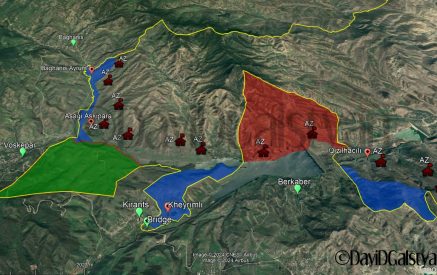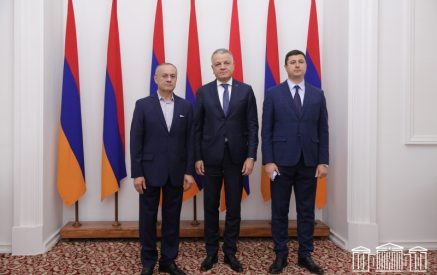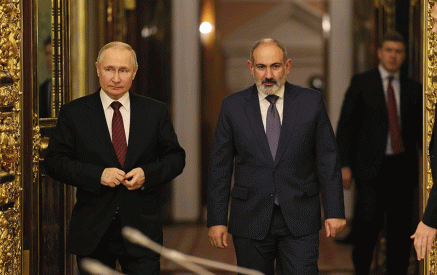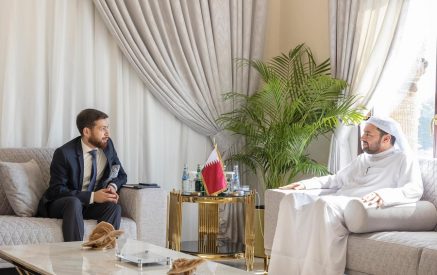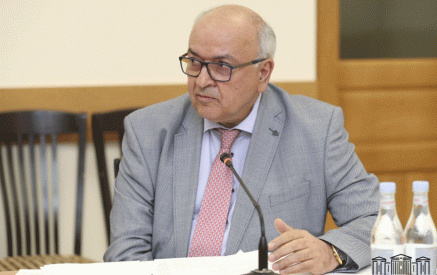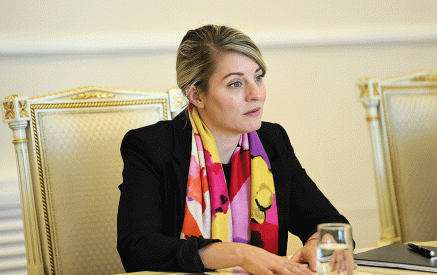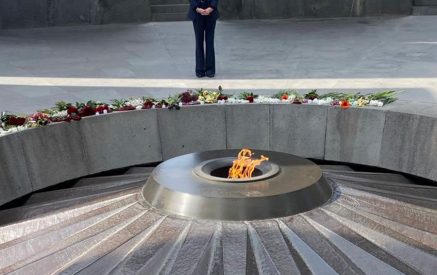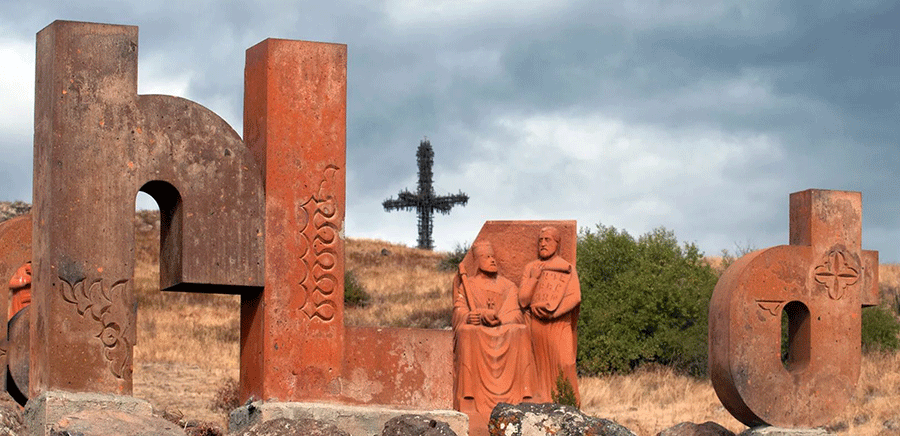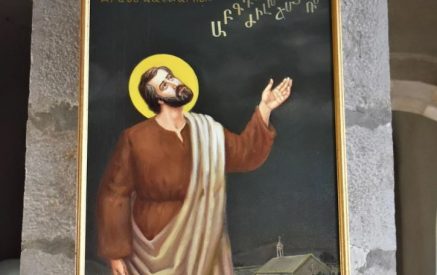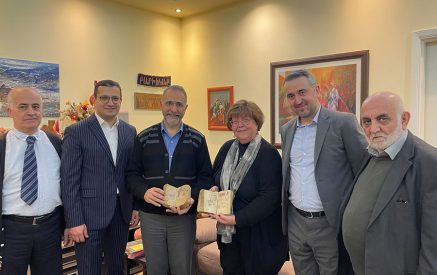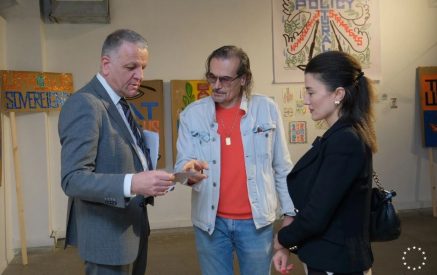By Sugato Mukherjee
The Armenian alphabet is not just a writing system: it’s also a numerical system used for mathematical calculations and recording calendar dates, as well as a national point of pride.
Read also
t was a late autumn morning when we set off from Yerevan, Armenia’s capital city. After driving for about half an hour through the Armenian highlands, the driver stopped the car and Sofya Hakobyan, my guide, signalled for me to come out of the vehicle.
On my left, the snow-capped, four-peaked massif of Mount Aragats loomed in the distance, its contours indistinct in the hazy sun. Grassy uplands rolled out from the edges of the highway right up to the base of Armenia’s highest mountain. The landscape looked bleak – a sandy-brown stretch of wind-pummelled uplands dotted with withering bushes – but a number of human-sized stone sculptures set on the gentle slopes lent a mysterious touch to the desolate expanse.
“We’re at Alphabet Park. This was constructed in 2005 to mark the 1,600th anniversary of our Armenian alphabet,” Hakobyan said.
The statues, carved out of faded pink, pastel yellow and light black stone, were etched with flowers and symbols. Some of them were in clusters, others were in solitary stances, and Hakobyan led me to a U-shaped statue with a dainty flourish on the bottom right. “This is our Armenian ‘A’ in uppercase,” she said with a sweeping movement of her hand. “What you see around us are the other letters of our alphabet, which was invented by that man – Mesrop Mashtots – [a little more than] 1,600 years ago.
I followed her gaze to a stately sculpture of a bearded old man. Draped in a flowing robe, the rose-tinted, larger-than-life statue wore the expression of an ascetic: tranquil, and slightly jaded. I remembered the man. Two days ago, I had seen his statue at the entrance of Matenadaran.
Perched on a hill at the northern edge of Mashtots Avenue in Yerevan, the imposing basalt structure of Matenadaran has a fortress-like appearance, but it is actually a scriptorium (a library of ancient manuscripts) that doubles as a research institute. I had tiptoed through the hushed solemnity of the halls that showcased permanent exhibits arranged in thematic divisions, including translated literature, philosophy, theology, trivium and quadrivium with mathematical sciences and humanities, poetry, law, history and the arts.
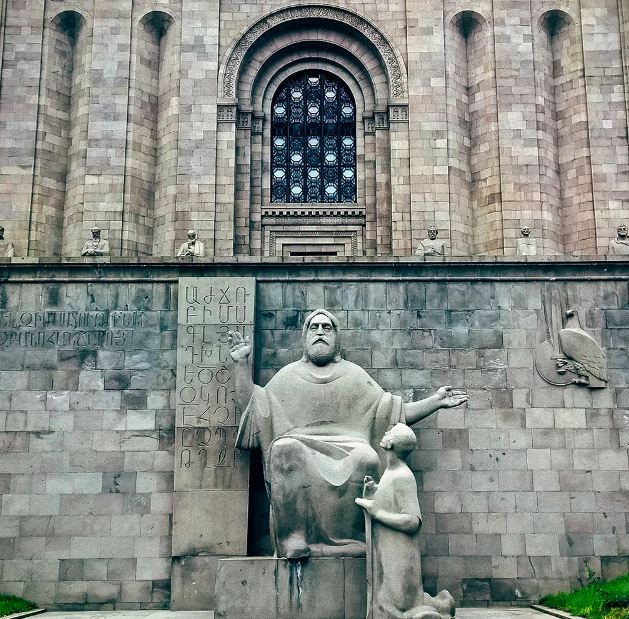
The statue of Mesrop Mashtots outside Matenadaran shows his importance as the creator of the Armenian alphabet (Credit: Narek Hovas)
Emma Horopyan, Matenadaran’s head of PR, told me that the manuscript library is one of the world’s largest repositories of valuable archival documents and early printed books. A diverse array of medieval manuscripts in languages including Greek, Arabic, Persian, Syriac, Latin, Ethiopian, Georgian and Hebrew have been carefully preserved here.
“This is hallowed ground for us,” said Grigor Stepanian.
I’d run into Stepanian while marvelling at a hand-drawn map of the ancient Armenian kingdom in Matenadaran’s grand Central Hall, and now the affable architect from Yerevan was walking me around the rectangular facade of the five-storey structure, adorned with statues of medieval philosophers, poets and scholars who have collectively shaped Armenia’s literary and cultural legacy.
“But he remains the most important of them all,” Stepanian said.
The immaculately carved stone statue of Mashtots stood at the entrance, his hands raised in the timeless posture of a master elucidating a point to his disciple – a smaller stone statue – listening attentively at his feet.
I was curious to know why Mashtots’ invention of the Armenian alphabet is among the most important events in Armenian history. “Mashtots designed the alphabet so that it could be used to translate the Bible into Armenian,” Stepanian explained, as we sipped on thick and strong Armenian coffee at a nearby cafe.
In 301 CE, Armenia became the first nation in the world to embrace Christianity as its official religion. But almost for a century after that, the methods of converting its citizens, who had a long nature-worshipping past, were often vicious, Stepanian said. Mashtots was working as a translator in the Armenian royal chancellery in the final years of the 4th Century CE. He had witnessed the coercive and often violent ways to force the people of this Caucasian nation to adopt the state-sponsored faith that was markedly different from their polytheistic belief system.
“What Mashtots did was fairly ingenious,” Stepanian said. The linguist understood that his countrymen’s aversion to Christianity stemmed from unfamiliarity: the Greek and Syriac translations of the Christian liturgy and theology, including the New Testament, were very foreign to the Armenians, who had been introduced to the Bible and the liturgy orally during religious services held by targmanicks (a term that meant translator and commentator).
Mashtots created his new alphabet in a phonetic style so it was easy for the Armenians to adapt to the written form of a language they were already speaking, Stepanian explained. “The letters were designed in very distinctive shapes, with an independent character, very dissimilar to the lettering of other written languages of the time,” he added.
Their language thus gave a new identity to the Armenians.
Over the next 1,500 years, the alphabet would remain a national point of pride at the core of Armenian cultural identity, an emblem of solidarity for the war-torn land that was almost continually ruled and colonised by foreign forces – the Romans, the Byzantines, the Persians and the Ottoman Turks. This almost-continuous and unrelenting saga of oppression and subjugation would finally end in 1991, when the 69-year-old Soviet regime collapsed and Armenia became an independent republic.
“We would have been a lost race without our alphabet,” Stepanian said.
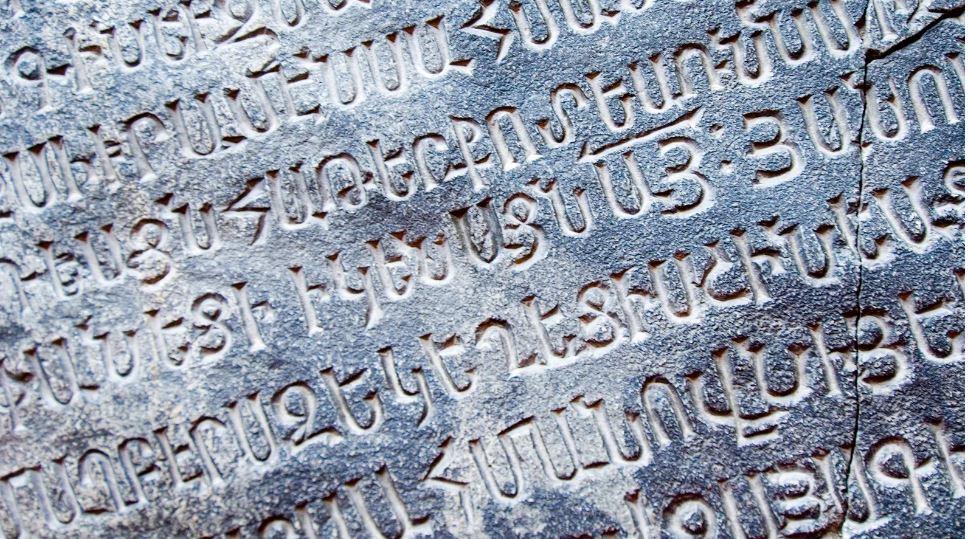
As well as a writing system, the Armenian alphabet is also a complex numerical system (Credit: Atlantide Phototravel
Hakobyan agreed. “Our country has been encroached upon, fragmented and plundered, over and over again,” she told me as she steered me through the maze of letters laid out amid the wilderness like a giant, haphazard jigsaw puzzle. “But one of the reasons we could hold on was perhaps because we always knew that we have a beautiful language, encased by a beautiful set of letters.”
As we walked through Alphabet Park, the mid-morning sun shone bright on the delicate curves of the letters, hand-carved from volcanic tuff rock. Together, Hakobyan told me, the richness and flexibility of this beautiful set of letters has helped sustain an uninterrupted literary tradition since the inception of its written form.
I knew that the aesthetically eloquent shapes of Armenian letters, with their long usage in folk art and calligraphy, have made it onto Unesco’s Lists of Intangible Cultural Heritage. But I had no idea that the dainty, artistic designs are also imbued with secret codes and cryptographs, and endowed with hidden properties.
“To start with, the alphabet formed the structure of a complex, but sophisticated numerical system,” Hakobyan said, explaining how the Mashtotian letters were also used for mathematical calculations.
As well as being part of the alphabet, all the original 36 letters also have an assigned numerical value based on their order in the alphabet. When arranged in four columns and nine rows, the letters in each column respectively represent digits in singles, tens, hundreds and thousands. They can even be used to determine dates according to the Armenian calendar, Hakobyan said.
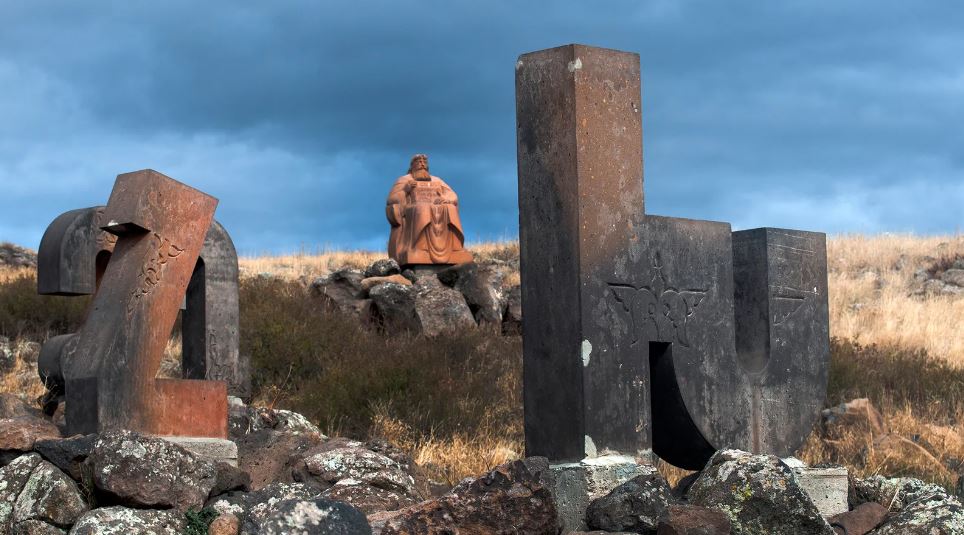
Alphabet Park was constructed in 2005 to mark the alphabet’s 1,600th anniversary (Credit: Sugato Mukherjee)
We ended up back near the statue of Mesrop Mashtots. Raised on a small mound, the wise old man was looking at his feet, his kind, contemplative gaze remarkably life-like.
It was time to resume our journey. A strong wind blew in over the sun-lit valley and we slowly retraced our steps towards our car parked on the side of the highway. Before getting in, I looked back, thinking about the incredible legacy of this ancient alphabet. Thick puffs of clouds were clambering up the snowy slopes of Mount Aragats. An Armenian family had just arrived at the park. Two young girls, dressed in lemon-yellow jackets, flitted playfully amid the giant letters – a linguistic and cultural legacy they have inherited from a sagacious polymath, whose statue stood just a few metres away from them in the wind-swept landscape.




